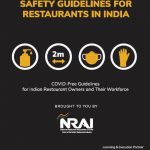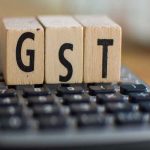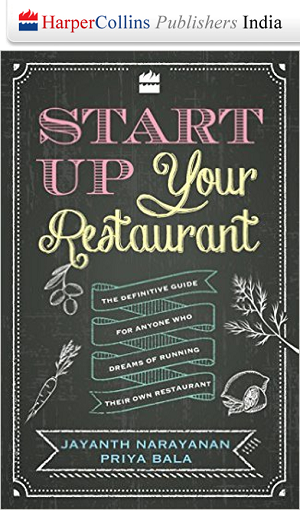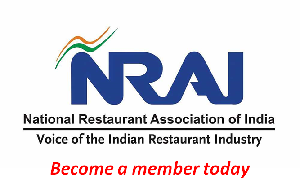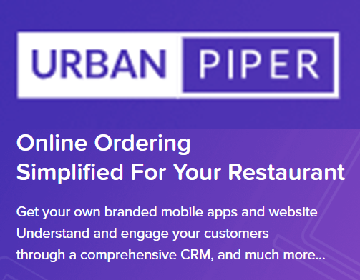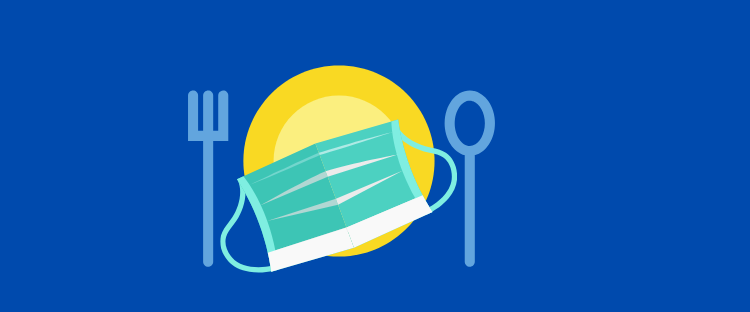
As they wait out the lockdown, most people talk about what they’ll do when it does eventually end. ‘I am so going to love that first beer at my regular pub,’ some people say. Others are dreaming of a splash-out meal in their favourite restaurant or Indian-Chinese with lashings of MSG. Lockdown cravings come in many flavours.
Positive and uplifting as these scenariors are, we would be completely unrealistic to believe eating out is going to be anything like what it was in the time before Covid-19. In our metros and cities big and small, restaurants and bars didn’t just serve up food and drink; they created opportunities for relaxation, enjoyment and socializing. We may not be able to look to restaurants to fulfill these needs for many months to come.
This is obviously because even after the lockdown is lifted, social distancing will have to continue at least until there’s a vaccine or the virus, miraculously, loses potency.
There have been reports of table reservation platforms coming up with modules for contactless dining. On their blog Zomato wrote, ‘… at Zomato, we are proactively working on initiatives that will help make the restaurant industry bounce back faster when the current restrictions are lifted, by adopting technology based safety solutions.’ Some of these solutions included contactless ordering –through the Zomato app – and contactless payment, also enabled by the app.
It has been reported that Zomato will roll out these features in India, UAE, Australia, New Zealand, Portugal, Lebanon and Qatar to begin with and if things go to plan, we can expect their marketing teams to go all out to sign on restaurants for the program.
NRAI president Anurag Katriyar, however, has rightly said that the solution is ‘premature’ since the problem itself is vague and undefined at this time. This is certainly the case. Kerala, which is being held up as an example of effective containment, had proposed allowing dining in, along with the opening up of barber shops and permitting pillion riders on bikes. The decision has since been rescinded after the central government intervened. In this scenario, restaurants across the country are left directionless and with no indication when eating out will be allowed and if so what regulations will govern this aspect of urban life.
As one meme so succinctly put it, ‘You’ve seen one pandemic, you’ve seen one pandemic’. No one knows much. Yet, there are predictions that when restaurants eventually open diners will need temperature checks as, of course, will staff. Tables will have to be placed so social distancing is maintained. Menus will be on apps or disposable. The whole idea of the buffet may have to be overturned. We have no answers to other questions: when the waiter brings the food to the table, will that amount to a breach of social distancing rules? And how are bars to dispense drinks? The situation is further confounded when the medical experts are still asking how infectious someone is in the asymptomatic or pre-symptomatic stage.
Restaurants struggling to stay afloat have been compelled to continue with their wait-and-watch approach, unable to predict if and when they can open for business. When it happens they will have the challenge of winning customer trust, for one of the significant fallouts of this crisis is the fear psychosis it has created. While restaurants will have to adopt the most stringent hygiene practices and put in place systems that will ensure social distancing, the customer, too, will have to snap out of the grip of fear and step out to live as normal a life as possible, following all safety precautions, of course. Waiting for a vaccine may mean putting life on hold for a year or more. Going out, meeting people, sharing meals and drinks, they all contribute to our sense of well-being, as much as staying home and feeling safe does. And there are times that we just need that icy beer, right?

